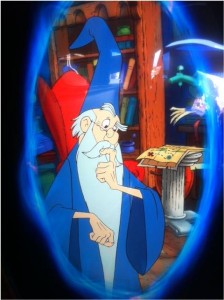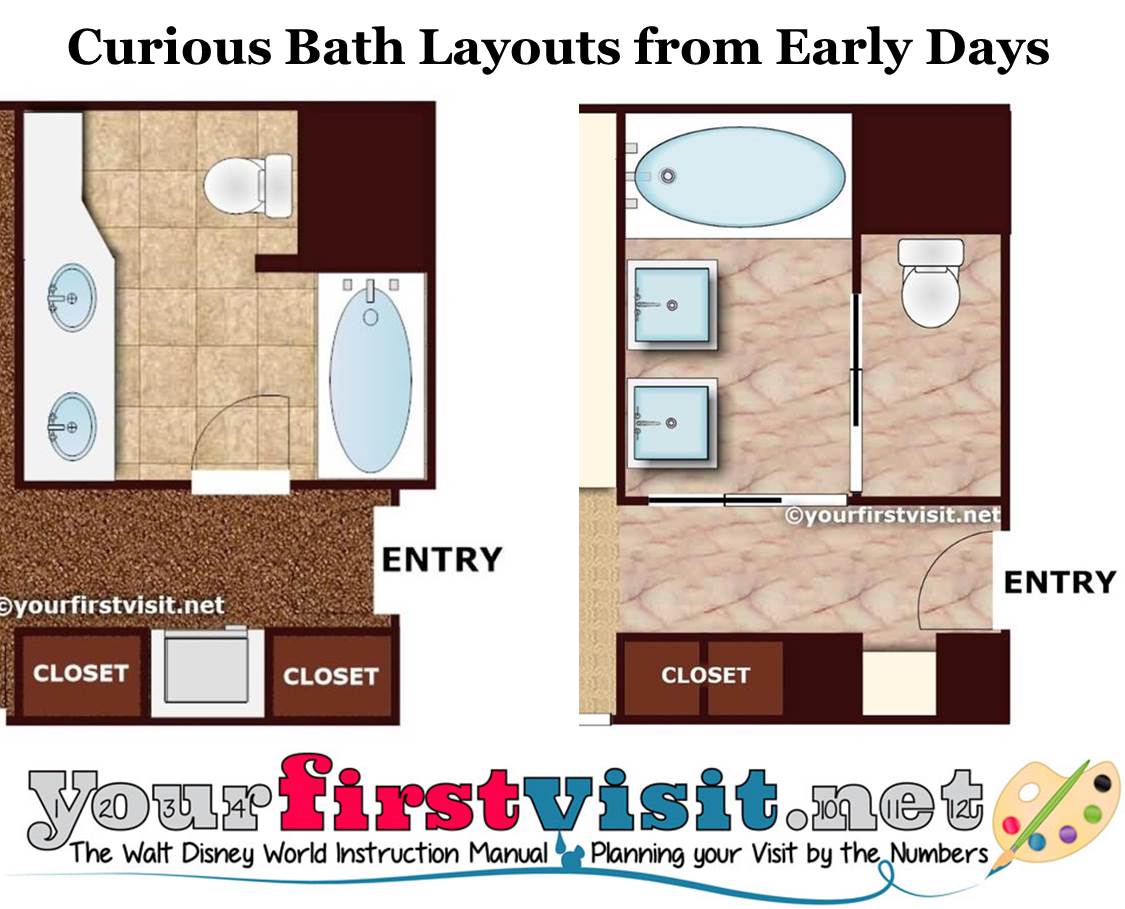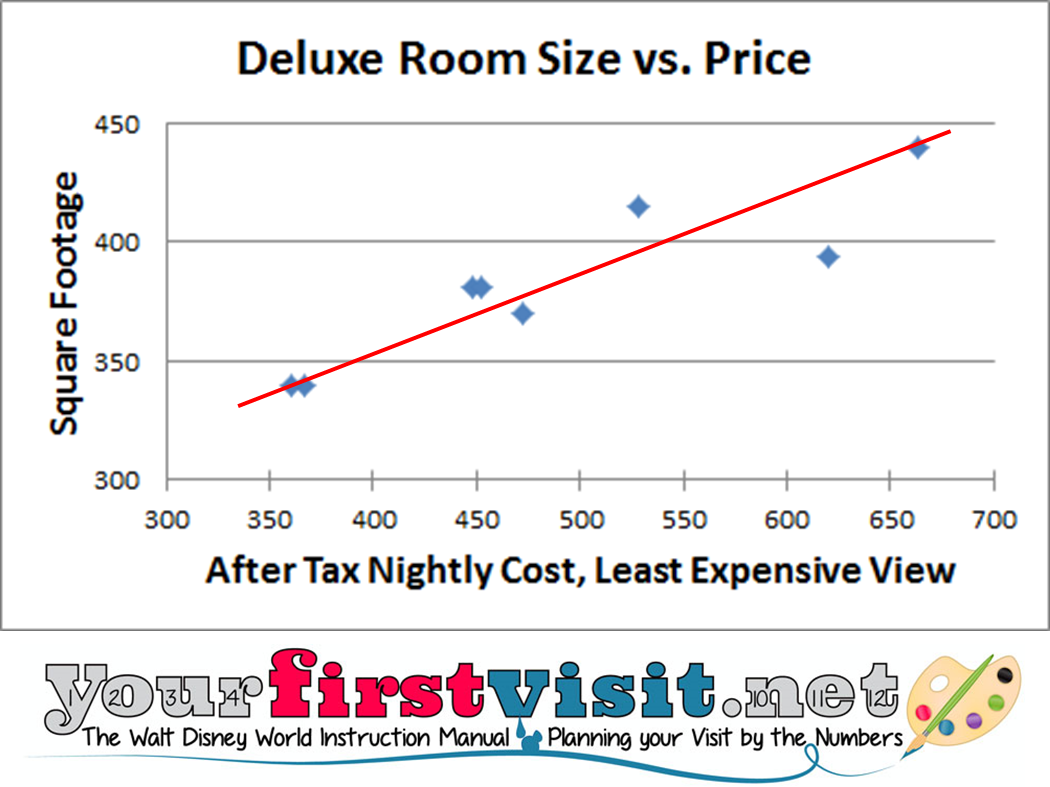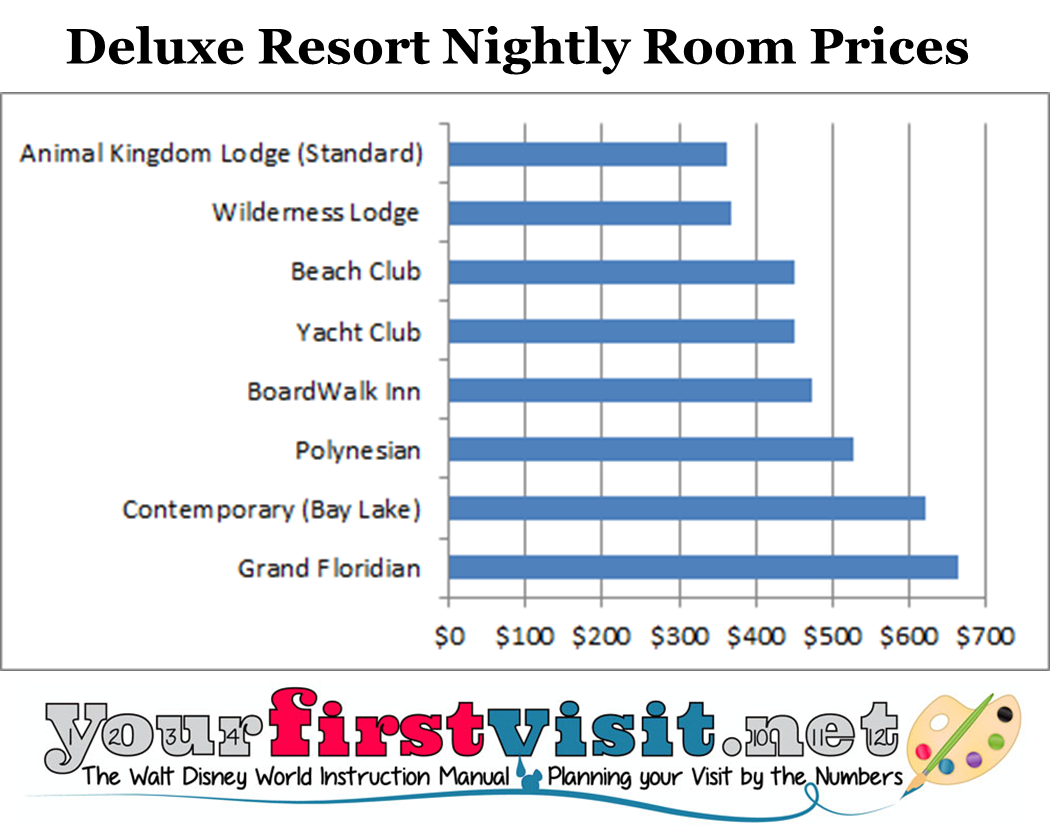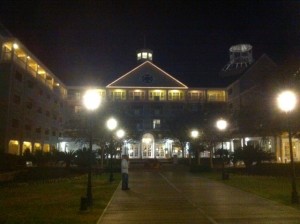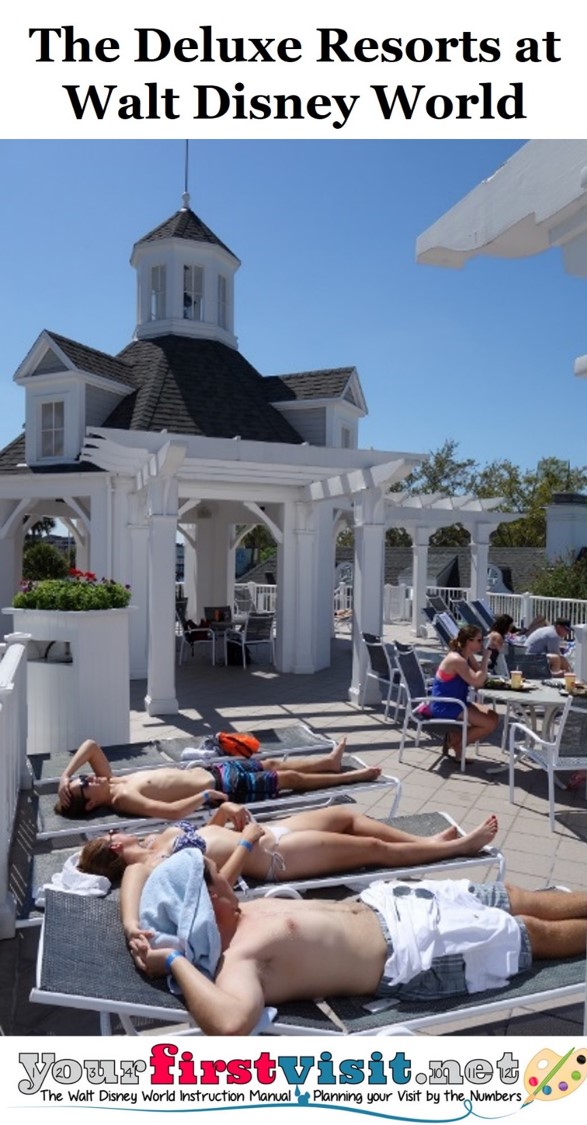Category — q. Reviews
Review: PassPorter’s Walt Disney World 2012, Continued
This is the second page of this review of PassPorter’s 2012. For the first page, click here.
PASSPORTER’S CHECKLISTS, WORKSHEETS, AND PASSPOCKETS
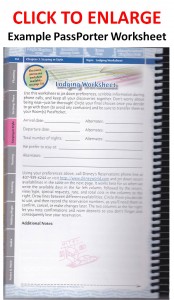
It also has some distinct tools no other guidebook shares.
Planning a Disney World vacation–unless you simply follow this site’s instructions!–is an iterative process of making notes, assessing alternatives, setting preliminary decisions, testing them–affordable? available?–and making revisions.
This planning results in final decisions, and in schedules, notes and reservation numbers associated with them.
The vacation itself then generates additional material–tickets, souvenirs, and above all memories.
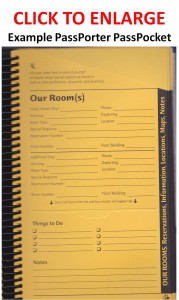
Each major section of the book concludes with worksheets and other tools for making notes, assembling alternatives, and recording decisions–see the image at the top of the page for an example.
Moreover, bound in at the back are a series of “PassPockets,” onto which you can make further notes, and into which you can insert media ranging from printed confirmations to mementos of your trip.
Pre-printed heading in the PassPockets include “Our Journey,” “Our Rooms,” “Our First Day,” “Our Second Day,” (etc.), and “Our Magic Memories.” Moreover, the team at PassPorter also provides a blank PassPocket that you can customize, and additional stick-on labels like “Our Cruise,” “My Birthday,” etc that you can use to personalize the pockets.
The result is that, more so than any other guidebook, you can easily organize your notes, your decisions, your paperwork, and your memories of your Walt Disney World trip.
OTHER STRONG FEATURES OF PASSPORTER’S
Without having any particularly good examples of it to share, I really like the tone of PassPorter’s Walt Disney World 2012. It’s professional yet friendly, and the choice of font (which is also used on the Passporters.com web site) reinforces this friendliness.
SOME ISSUES WITH THE 2012 EDITION
Here and there are some minor issues of fact or judgment. (Note that updates/corrections will be available here.)
Disney does not offer resort hotels for every “taste and budget.” (27) While it has less expensive options, inexpensive options are still missing—unless one is thinking of group camping at Fort Wilderness for $10 per person per night.
There’s some minor problems with the chart on p29. The single asterisk mark is used to refer to two different points, and the Roaring Fork food court at the Wilderness Lodge has been obliterated, as has the more minor offering at the Beach Club Marketplace.
Weekend room rate bumps can be much higher than $30/night (31)—there’s several deluxe resorts where they hit $50 at certain times of the year.
Only some of the two-bedroom DVC villas “allow up to nine’; the language on p33 may imply to some readers that they all do.
The Animal Kingdom has not been having evening Extra Magic Hours on Wednesdays for long enough now that the graphic on p34 could have been changed to show morning EMH there on Wednesdays.
Not sure how the three All-Star Resorts are “connected.” (37)
The treatment of the DVC options in deluxe resorts with paired DVC resorts is inconsistent. For example, the compare the villa types priced on p44 vs. those priced on p60.
The moderates that now have queens are correctly indicated as having queens in the text, but the floor plan illustrations on pp61 and 86 still show double beds.
I’m pretty sure the studios at Old Key West still sleep 4, not 5 (73). On the same page, the two-bedrooms sleep 9, not 8.
The first entry in “Making the Most of the Magic Kingdom” (134) reads “Take a spin around the park when you first arrive by boarding the train at the Walt Disney World Railroad station in Main Street, USA. The 20-minute journey is a great introduction to the park.”
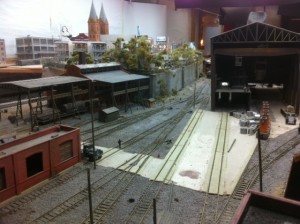
- First, the railroad is not a good introduction to the park, as you will see very little of the Magic Kingdom from it—a little Frontierland, a little Fantasyland when the expansion opens, a little Tomorrowland, and that’s it.
- Second, if you arrive before rope drop—as you should—there’s nothing more valuable than the first hour in the park for riding the most popular rides before the crowds build. Spending 20 minutes “when you first arrive” on a B-Ticket is not the right way to deploy this time.
(288) Nights of Joy is at the Magic Kingdom, not Disney’s Hollywood Studios.
ALL IN, A RECOMMENDED GUIDEBOOK
These are mostly minor issues. Overall, PassPorter’s Walt Disney World 2012 is a wonderful choice for any family seeking a guidebook to Walt Disney World. It has a nice balance among topics, a friendly and accessible tone, and some unique planning tools.
March 13, 2012 No Comments
Review: Sorcerers of the Magic Kingdom–A NextGen Beta?
 SORCERERS OF THE MAGIC KINGDOM
SORCERERS OF THE MAGIC KINGDOM
Sorcerers of the Magic Kingdom is a new interactive game with roots in Kim Possible’s World Showcase Adventure and the series of books the Kingdom Keepers.
The game begins in the Fire Station just inside the Magic Kingdom, and to the left.
Here you’ll see a training animation inside a magic window, get instructions from a cast member, surrender your ticket, and be given it back.
You’ll get as well a map of magic windows, directions to your starting point, a key card for you to use to activate other magic windows, plus five spell cards to use vanquishing villains trying to take over the Magic Kingdom.
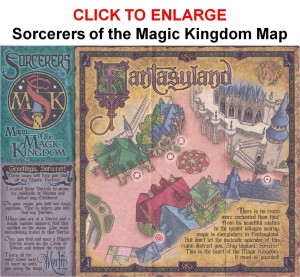
See the image, which shows Fantasyland. Sorcerers windows are marked by the orange circles.
Overall, Sorcerers of the Magic Kingdom is a very minor adventure.
Given the 20 windows, about 80-100 families at a time can be engaged in a window, waiting for a window, or walking between windows–a tiny addition to the Magic Kingdom’s entertainment capacity.
Moreover, the impact of the game, slight as it is, is lessened by the fact that you’ll usually find yourself waiting at a window for another group to finish, and hence see what’s coming up before you need to deploy your spells.
So why did Disney World bother? My guess is that the game is a beta for NextGen technology, and a precursor of potential places for personal recognition.
SORCERERS OF THE MAGIC KINGDOM: A TEST OF DISNEY WORLD’S ABILITY TO FOLLOW YOU AROUND? [Read more →]
March 12, 2012 No Comments
Review: PassPorter’s Walt Disney World 2012
RECOMMENDED GUIDEBOOKS FOR FIRST TIME FAMILY VISITORS TO WALT DISNEY WORLD
This site has a mixed attitude towards guidebooks.
On the one hand yourfirstvisit.net was designed from the start to make poring through them unnecessary, and in one instance they can actually harm your first family visit to Walt Disney World: if you read in them before your visit too much about the rides themselves, and hence lose some of the mystery and drama of “what happens next.”
On the other hand, they are fun, interesting, helpful, and informative.
So among the many guidebooks out there, I recommend three:
- Bob Sehlinger and Len Testa’s The Unofficial Guide to Walt Disney World 2012 (reviewed here)
- Julie Neal’s The Complete Walt Disney World 2012 (reviewed here), and
- Jennifer, Dave and Allison Marx’s PassPorter’s Walt Disney World 2012
All three belong in any serious Walt Disney World collection, as each has complementary strengths.
- The Unofficial Guide to Walt Disney World 2012:
- Best for the range of issues covered, detail about them (except for rides), dining, and grouping information by topic (e.g., showing all the resort hotel floor plans over a series of pages so you can easily compare them).
- Its weaknesses include its paucity of photos, a few more errors than I’d like to see, and its intimidating heft
- The Complete Walt Disney World 2012:
- Strengths include stunning photos, unmatched detail on the rides, and recommended websites. 🙂
- Relative weaknesses include limited material on topics other than rides. The four Disney World theme parks account for almost 50% of the pages in The Complete Walt Disney World 2012, compared to around 17% in The Unofficial Guide and 22% in PassPorter.
- PassPorter’s Walt Disney World 2012:
- Strengths are balance, grouping of information, maps, its unique focus on organizing tools, and tone. PassPorter also has a very strong online presence, with much additional material available at PassPorter.com for free, other focused topics covered in reasonably priced e-books, and a vibrant online community. (I do have a favorite thread on the PassPorter boards.) Its heft and font size are not intimidating.
- Weaknesses of PassPorter largely follow from its strengths of balance and lack of heft: lack of depth on items (other than the parks) as compared to The Unofficial Guide, and lack of detail on the theme parks as compared to The Complete Walt Disney World. There’s also a few inexplicable errors.
The rest of this material will focus on PassPorter’s Walt Disney World 2012.
THE 2012 EDITION OF PASSPORTER’S WALT DISNEY WORLD
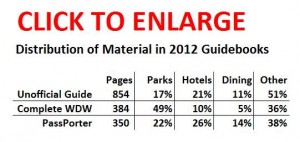
Its 350 pages include extensive but not overly detailed treatment of the key topics of a Walt Disney World vacation.
I particularly like the balance of material.
Like The Complete Walt Disney World, two-thirds of its material is on the key topics of the parks, hotels, and dining.
While it is thin on the parks compared to Julie’s work, it has more detail than The Complete Walt Disney World on dining and hotels. It does not match the scope of The Unofficial Guide on these last two topics, but because of that is less intimidating.
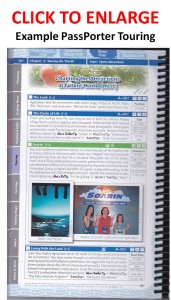
From the image you can note a couple of other key points:
- The use of color coding to provide a sense of to whom rides might be attractive
- Vertical and horizontal tabs that help you track where you are–both in the book and at Disney World in general
- Spiral binding, which helps with keeping the work flat and flexible, and allows the inclusion of “PassPockets” (more on these later)
The spiral binding creates a blank space across pairs of pages. The only topics for which this would matter are maps, but the wonderful maps of the PassPorter are bound in to the spirals as double-sized fold outs.
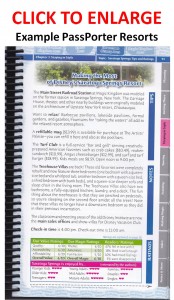
Resort entries, typically four pages long, include maps, travel time, floor plans, photos, extensive commentary, and ratings.
See the image for a Saratoga Springs example.
I’m personally not keen on combining into one four-page entry the Yacht and Beach Club, Port Orleans French Quarter and Riverside, the DVC villas with their parent resorts, and the Treehouse Villas and Saratoga Springs, as too much distinct information gets lost.
But in this choice the Marxes are largely consistent with everybody else, so I guess I’m just a voice in the wilderness on this one.
PASSPORTER’S CHECKLISTS, WORKSHEETS, AND PASSPOCKETS
This review continues here.
March 7, 2012 No Comments
The Deluxe Resorts at Walt Disney World, Continued
This is the second page of this material on deluxe resorts; for the first page, click here.
ROOM QUALITY, FLOOR PLANS AND PRICING AT DISNEY WORLD’S DELUXE RESORTS
All standard Disney World deluxe rooms come with the basics–a couple of queen beds, a TV and a dresser or two, a mini-fridge, a table with a two chairs or a two-part desk and chair, and a closet with a safe.
(For more on what you get, see this.)
What varies is how these are laid out, what more you get, and decor.
The smallest deluxe rooms–at the Wilderness Lodge and the Animal Kingdom Lodge–come with little more than the basics.
See the floor plan. These rooms sleep four, and while not as small as a room that comfortably fits two queens can be, they are not much larger.
Contrast the floor plan for the Grand Floridian.
These are the largest standard rooms at a Disney-owned resort at Disney World
Additional width and length creates room for an easy chair, sofa (that sleeps another person), and desk.
Hotel designers prefer adding length to adding width, since added width increases the square footage of interior hallways that needs to be heated, cooled, furnished, cleaned, and walked down, but provides little help for the biggest design challenge–fitting in the split bath.
But without more width, there won’t be enough circulation space to fit the couch.
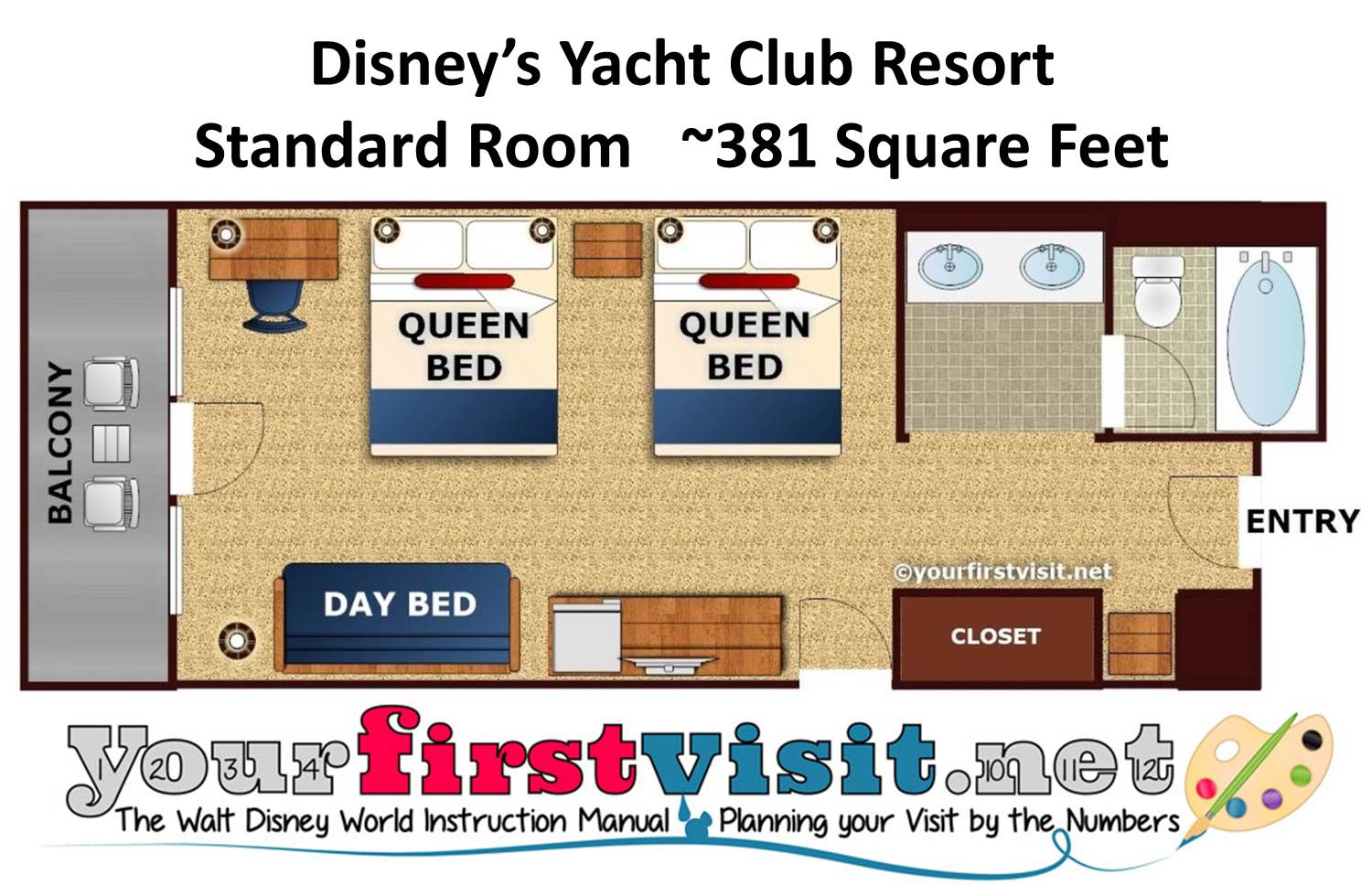
As noted above, the split bath can be the hardest design issue. A split bath separates facilities so that two or three family members can use them at once, but in its most common design creates an eight to ten foot long hallway between the corridor door and the sleeping space–wasted square footage.
Disney’s earliest designs present a curious set of thoughts on how to split a bath.
See the image–the baths in the Polynesian are on the left, and at the Contemporary on the right.
Resorts built since then segregate the sinks into one space, and the bath and toilet into another. This is why the whole bath ensemble can be nine to ten feet long.
So why does all this matter?
More square feet costs you more. It’s a little more complicated than that, so I’ll come back to costs in a second, but for the moment see the image.
It charts standard room square feet on the vertical axis, and standard nightly room price (all prices on this page are after-tax weekday rates from the Fall price season of 2016) on the horizontal axis.
The charted points show where the deluxe hotels fall, and the red line is added to illustrate the correlation between square footage and nightly rates.
More space means higher capital and operating costs; but it also means more value, value that can be charged for.
But space isn’t the only thing going on here, as there are some correlations within the hotels themselves.
See the image, which orders the Disney World deluxe resorts by nightly price.
- The three most expensive resorts are not only the three with largest rooms; they are also the three monorail resorts, the most convenient hotels to the Magic Kingdom
- The three middle-priced deluxes are not only in the middle of the square footage pack, but are also the three Epcot resorts, the hotels most convenient to Epcot
- The least expensive deluxes not only have the smallest rooms but are also the least convenient of the deluxes.
So the deluxe prices charge for value: for convenience as well as size.
DINING AT DISNEY WORLD’S DELUXE RESORTS
This material continues here. I promise no more talk about square feet…
March 5, 2012 2 Comments
Review: Disney’s Yacht Club Resort, p3
This is the third page of this review of Disney’s Yacht Club Resort. For the first page, click here.
 THE THEMING OF DISNEY’S YACHT CLUB RESORT
THE THEMING OF DISNEY’S YACHT CLUB RESORT
Disney’s Yacht Club Resort opened in November 1990, and in 2009 completed a major renovation.
According to Disney World’s website, the Yacht Club
“…[features] lush landscaping and the formal grace of a grand New England yacht club.
Designed by architect Robert A.M. Stern—known for his East Coast beach houses—this splendid 5-story Resort transports Guests to the summertime Shingle Style hotels of Martha’s Vineyard and Nantucket. (Sister resort Disney’s Beach Club Resort is a more relaxed, pastel-toned edifice next door; the 2 share many amenities.)
Public areas, guest rooms and suites are adorned in dark wood and wicker furniture, portholes and simulated captain’s wheels. Cast Members are decked out in ship’s crew regalia, including navy blazers and captain’s hats.”
The architect (and former Disney board member) Stern on his own website also talks about the Yacht Club in its context with the Beach Club:
“While both hotels draw their inspiration from America’s architectural past, each has a unique identity.
The Yacht Club is reminiscent of the rambling, shingle-covered seaside resorts that were built toward the end of the last century in New England towns such as Newport, Marblehead, and Bar Harbor.
The Beach Club is lighter, more airy in expression. It is modeled on the many Stick Style cottages and resorts that could be found in towns like Cape May, New Jersey.”
(For more on Stern’s role in Walt Disney World, see this.)
Well, I have a couple of issues with this.
First–and yes, do laugh at me for arguing with Stern, the master, about his signature Shingle Style–vernacular Shingle Style has a few more curves than the Yacht Club. Rounded turrets and eyebrow dormers are common elements missing in the Yacht Club.
But more to the point–these two resorts just aren’t that different. [Read more →]
March 4, 2012 No Comments
The Deluxe Resorts at Walt Disney World
DISNEY WORLD’S DELUXE RESORTS
Note: guests at Disney World’s deluxe resorts are eligible for Disney World’s Early Entry program, and have the ability to pre-book as early as seven days before check-in Lightning Lane Multi Pass and Lightning Lane Single Pass rides. They are also eligible for its Extended Evening Hours.
Compared to other Walt Disney World owned and operated resorts, the deluxe resorts are distinguished by having
- the most amenities
- nicest views
- best dining options
- best transport
- largest rooms
- best service, and
- highest prices.
There are eight deluxe resorts at Walt Disney World, and you really can’t go wrong booking any of them. Whichever you stay at on your first visit will likely become your favorite.
However, for first time visitors who may never return, some are better than others. There are fundamental differences among them in their kid appeal, and major differences in their convenience in carrying out this site’s itineraries.
Based on these criteria, the ranking of these resorts for first time family visitors who may never return is as follows:
Most of these deluxe resorts also offer on their grounds Disney Vacation Club (“DVC”) studios and villas, which are deluxe-class and for rent to the general public.
Stand-alone deluxe-class DVC resorts–that is, not associated with another deluxe hotel–include Disney’s Riviera Resort, Disney’s Old Key West Resort, and Disney’s Saratoga Springs Resort and Spa main resort and Treehouse Villas. The DVC resorts are ranked separately here. If these standalone DVC resorts were listed in the above rankings, they would come in at the bottom of the list. [Read more →]
February 27, 2012 11 Comments

